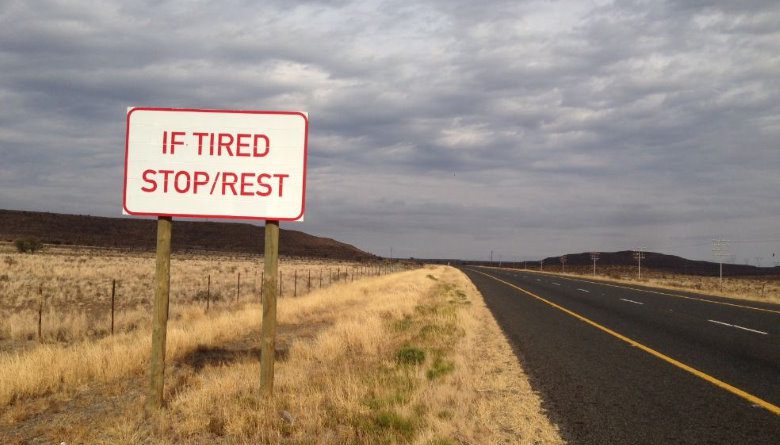Are You Protecting Your Hearing?
The riding motto ATGATT (All The Gear All The Time) should not only apply to protective body gear, but should also be extended to hearing protection. While motorcycles have been around since the latter part of the 19th century as a mode of transportation, it has only been since the mid 1970’s that studies have demonstrated the relationship between hearing loss and wind noise in motorcyclists [1]. Despite this well-known relationship, many motorcyclists still do not take appropriate measures to protect their hearing.



